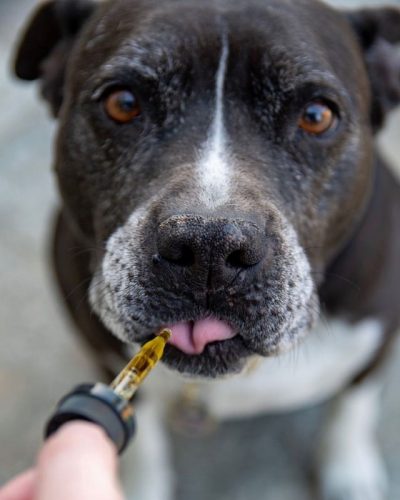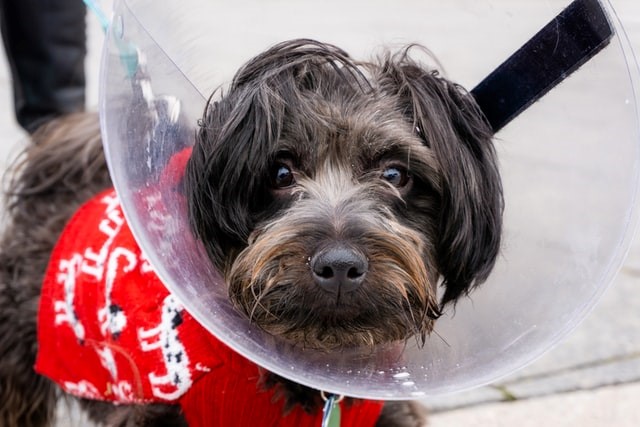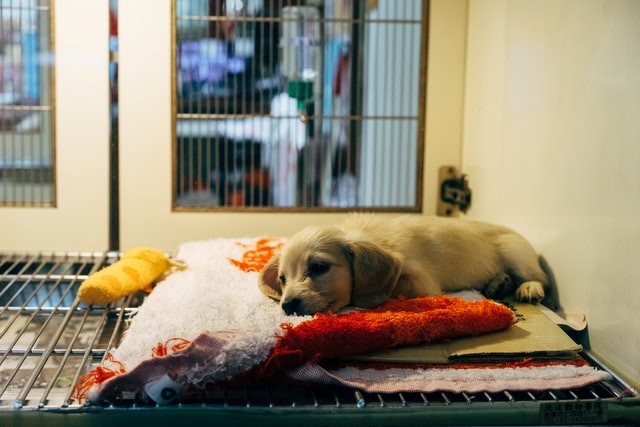How Long Will My Dog Be in Pain After Spaying?
It can be really hard to see someone you love in pain, including your dog. Sometimes it can even be worse with animals, as they cannot tell you what hurts and what really makes them feel better.
Though it may not feel like it when you see your dog in pain, choosing to spay your dog was the right decision and a very common one that is made by a lot of responsible and loving dog owners.
çankırı escort bayan
Of course, you want to give them all the time they need to get better, but you are probably also wondering, when can you get back to all of your usual cuddles and fun? How long will my dog be in pain after spaying? Is it all really worth it?
What Are the Benefits of Spaying My Dog?
If you are still on the fence about spaying your dog because you do not want to put them through pain, then consider the benefits – you may ultimately prevent them from having to go through even more pain in the future.
The primary reason that a pet owner gets their dog spayed is to prevent unwanted pregnancy and puppies. However, being pregnant and giving birth are certainly going to put your dog through some kind of pain, and the recovery afterward may also be difficult for new mothers.
To even become pregnant in the first place, a female dog has to go into heat. This usually occurs about twice a year and comes with a set of undesirable behaviors such as roaming, unpredictability, and aggression toward others. Spaying your dog prevents them from going into heat, and you and your dog are therefore spared from these types of behaviors. çorum escort bayan
Finally, spaying can also reduce or eliminate the chances of your dog developing uterine infections, or even worse, ovarian cancer. So, spaying now could potentially save them from dealing with the consequences of these types of problems in the future.
What is the Difference Between Spaying and Neutering a Dog?
In short, females are spayed by surgically removing the ovaries and the uterus, while a male dog is neutered by surgically removing the testicles. They are both a surgical procedure performed under general anesthesia.
Another notable difference between the two procedures is that spaying a female dog is considered more invasive as the vet needs to cut through their abdominal wall. This means they may experience more pain at first than a male dog, as neutering only requires cutting open the skin of the testicles.
Despite the extra invasiveness of the spaying procedure, though, the recovery time is still about the same for both male and female dogs.
Will My Dog Be Prescribed Anything for Pain Management?

Yes, they will receive medication from your vet. In fact, immediately after the surgery, your vet will give your dog an injection of pain medicine for some pain relief. The effects of the medicine should keep your dog relatively pain-free for about 12-24 hours.
Your vet will also likely prescribe more medicine to take home with you to help aid in your dog’s recovery after dog spaying. It is extremely important that you only give the medications recommended by your vet.
You may think that giving them an over-the-counter human pain medication would only help with the pain, but it could make things worse for your dog.
Aspirin, for instance, acts as a blood thinner and could cause uncontrollable bleeding in your dog. Even medications like Tylenol and others like it can also be poisonous to dogs.
How Long Will My Dog Be in Pain After Spaying?
Right after the surgery, your dog will likely be pretty out of it, but if they seem extra groggy or queasy during this time, do not automatically assume that it is because they are in a lot of pain. They did likely receive that injection of pain medication from the vet immediately after the surgery, so these effects are mostly from the general anesthesia. They should wear off by the next day.
Many dogs are already feeling better within the next day or a couple of days after spaying surgery, and their pain may dissipate completely within a week or so. They will likely begin to seem like they are just about back to normal at this time, but do not let them do too much!
denizli escort bayan
You still need to try and keep them relatively still until their spay incision has fully healed and their stitches have been removed. Then, when you go in for your post-operative checkup with your dog, ask your vet if it is ok for you to resume your daily walks and engage in other physical activity together.
What Can I Do to Help Manage My Dog’s Pain?

To help keep your dog as pain-free as possible during this time and to quicken the healing process, do the following:
- Give them a quiet place to recover in your house
- Administer their medication as directed by your vet
- Prevent them from running and jumping for at least two weeks
- Do not give them a bath for at least 10 days after spay surgery
- To prevent them from trying to lick their incision site, have them wear a cone
- Check their incision site daily to make sure it is healing properly, and there are no clear signs of infection
What Are Signs That My Dog is Still in Pain or is Suffering from other Post-Surgery Complications?
If the surgery was successful and your dog is keeping calm and getting their pain meds, then they should not be in a lot of pain for very long. However, post-surgery complications are possible, so contact your veterinarian if you notice any of the following: diyarbakır escort bayan
- Your dog is not standing, walking, or responding to you the first day after surgery
- They are not eating or drinking, seem lethargic or uncomfortable, or have developed symptoms of coughing, vomiting, and/or diarrhea after 48 hours
- If at any time your dog’s incision re-opens, they experience a lot of bleeding or swelling, or they have difficulty breathing, contact your veterinarian right away

